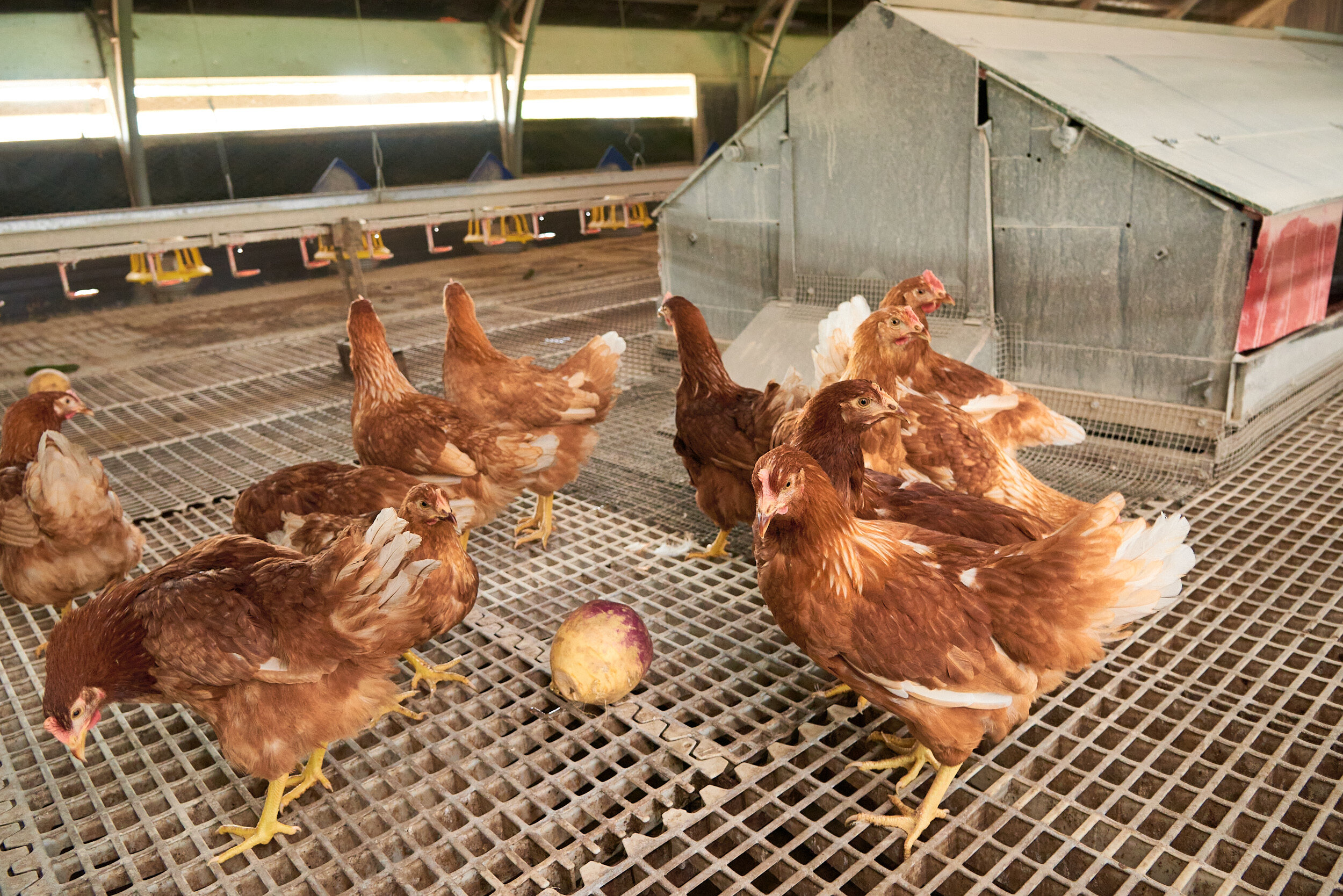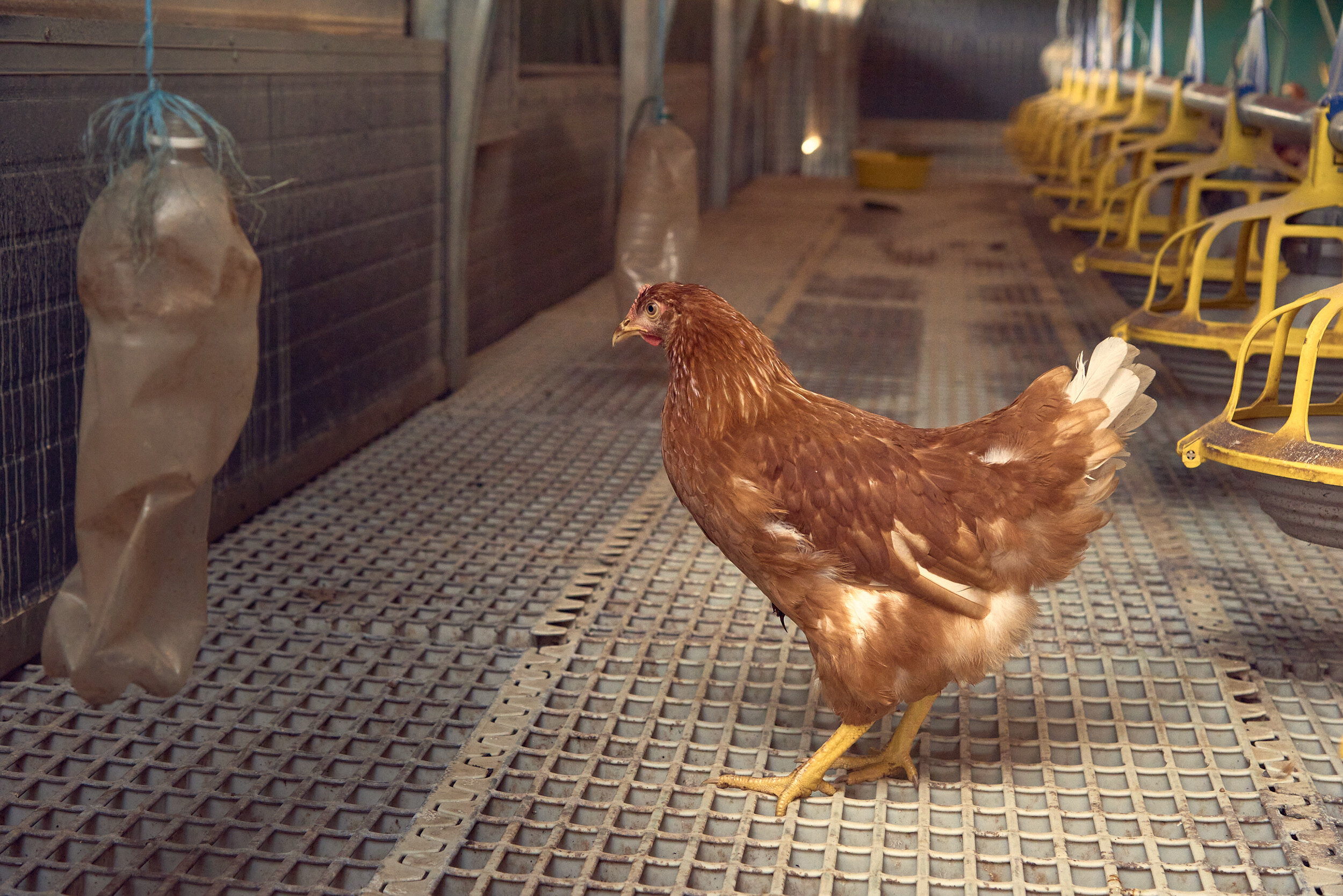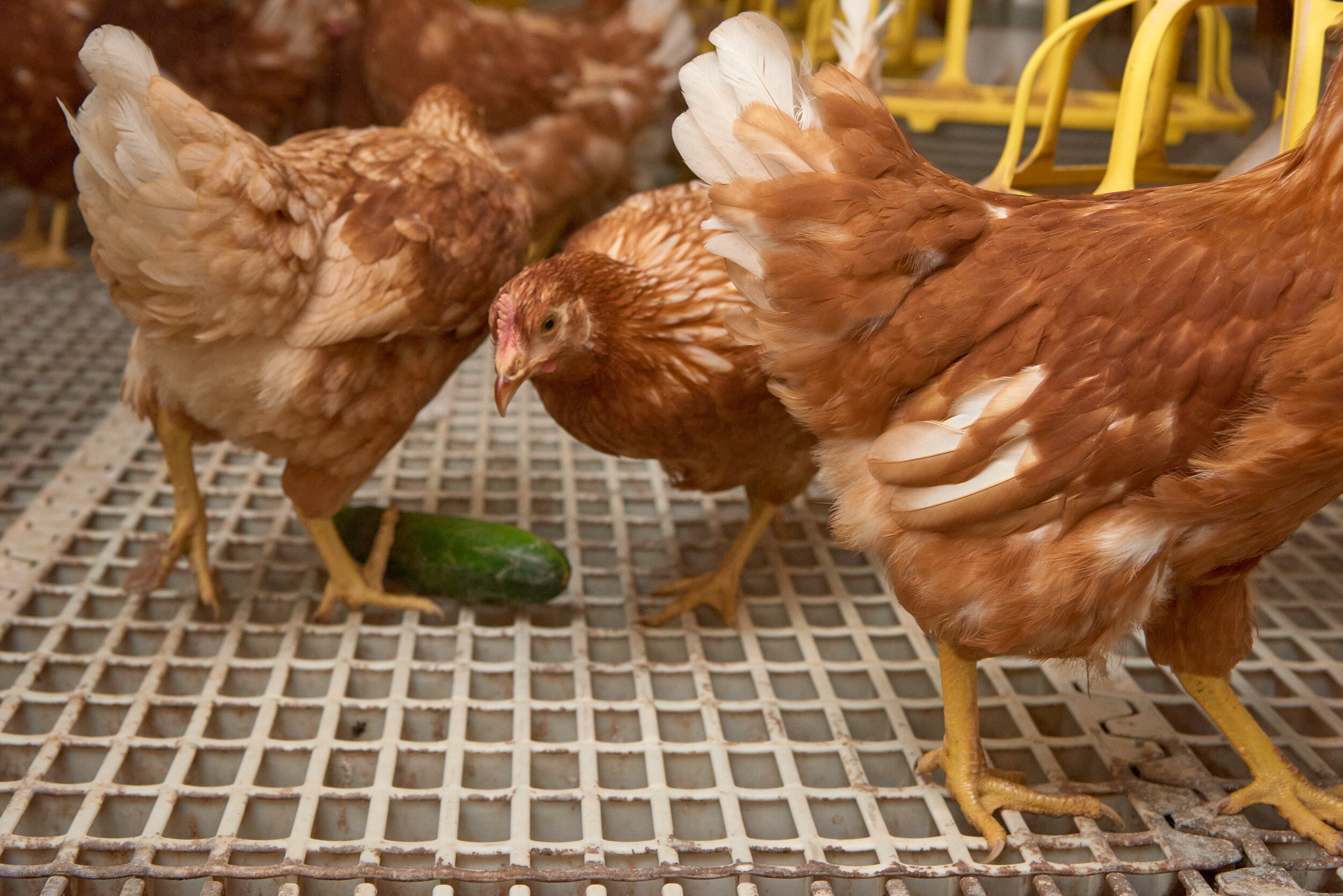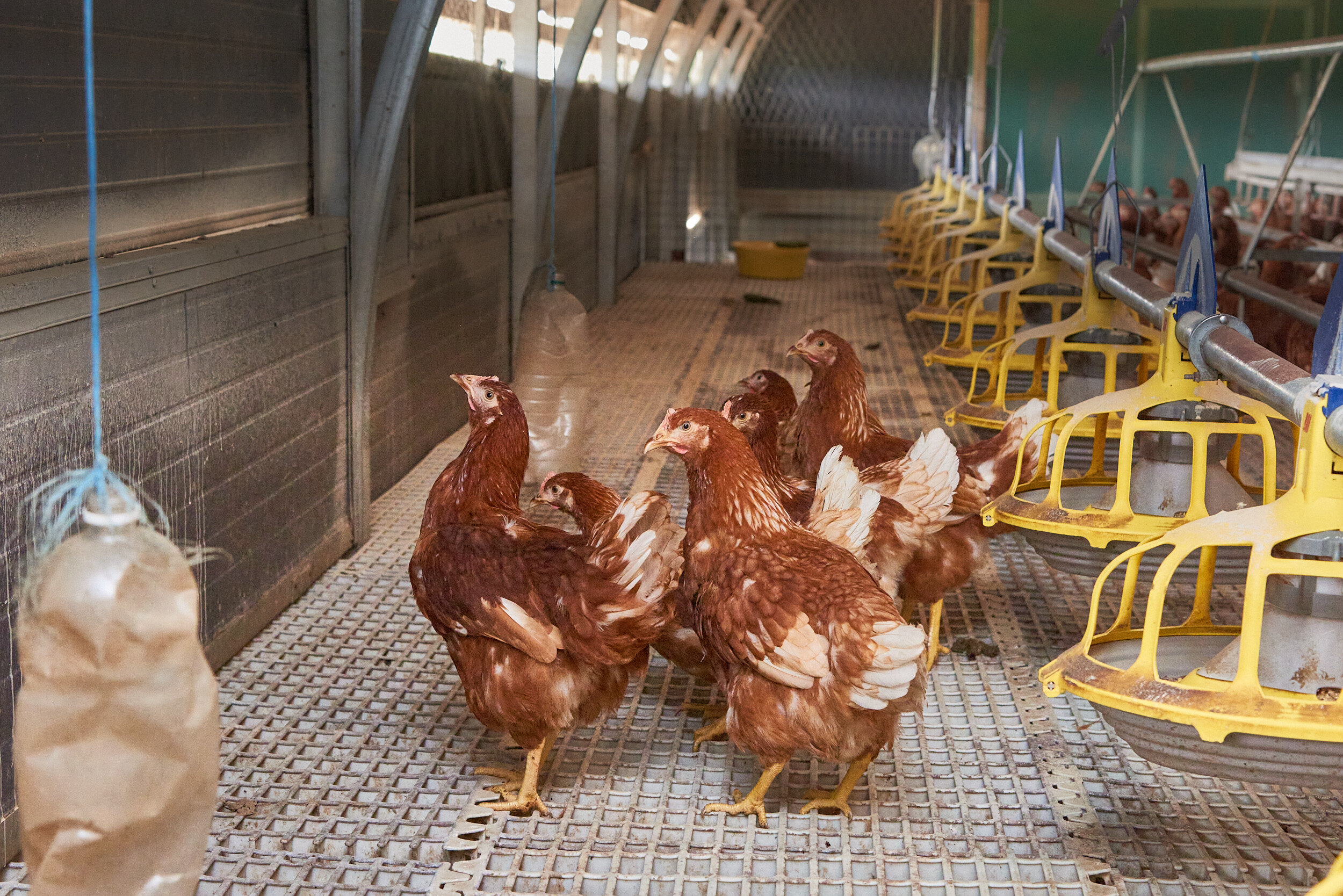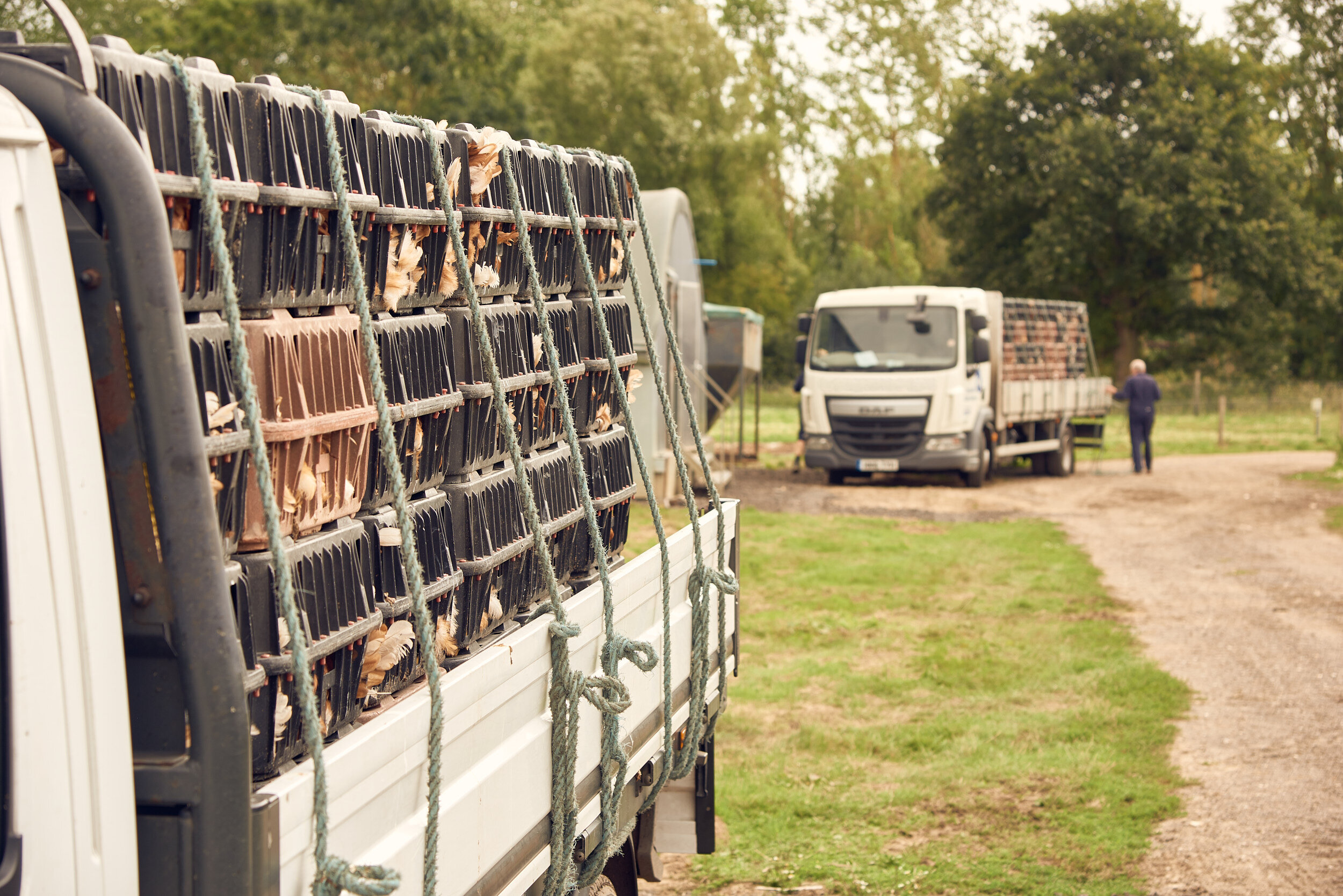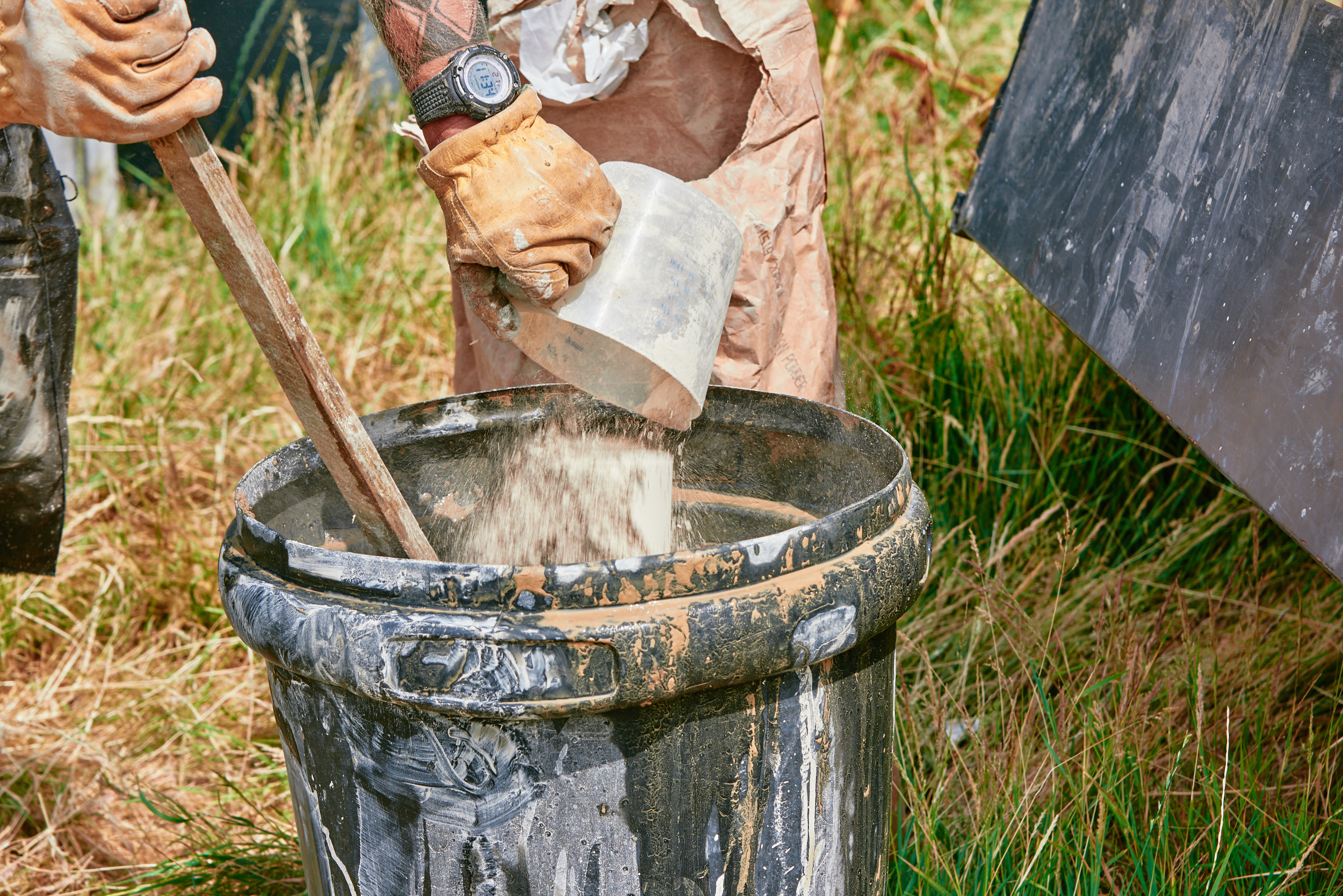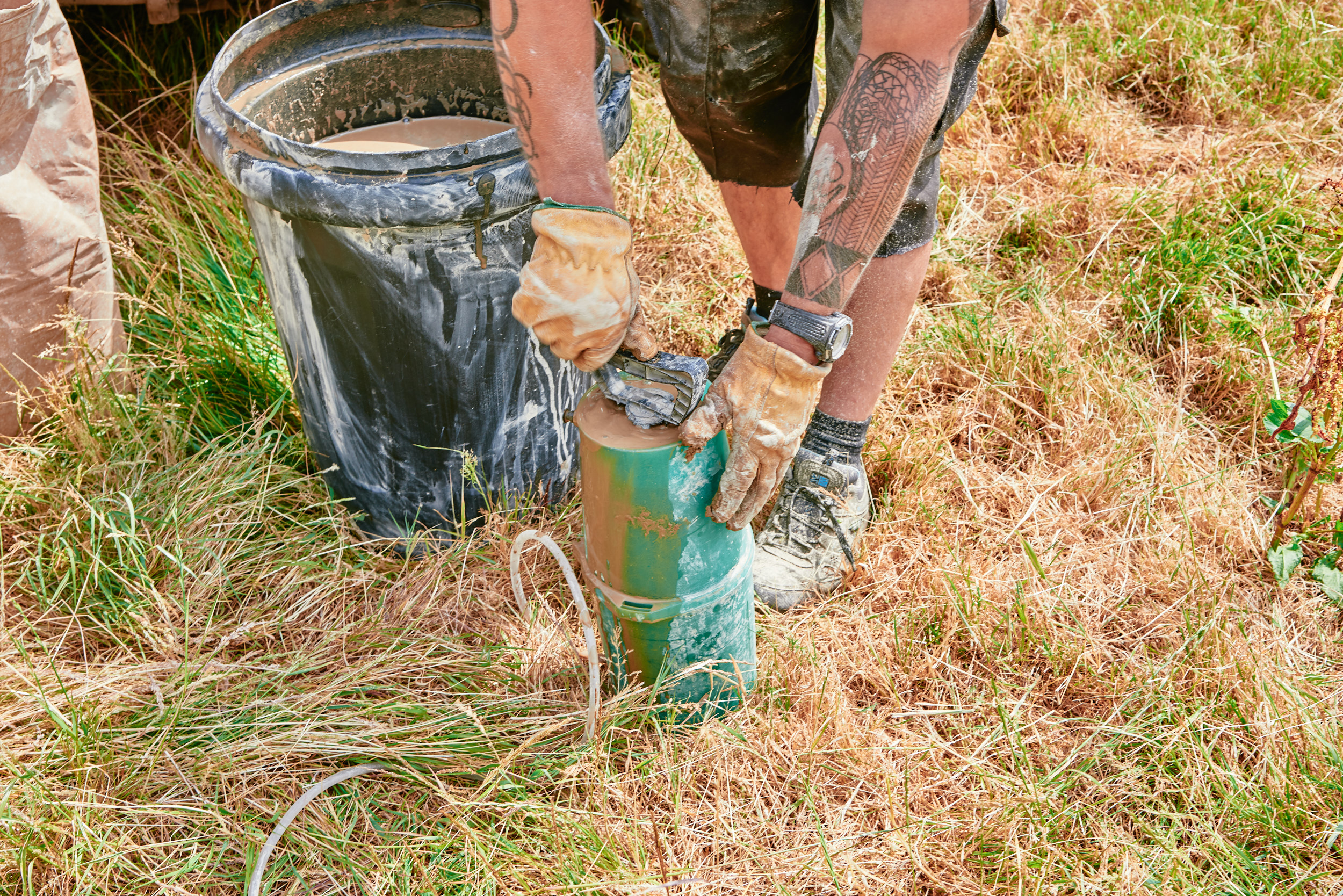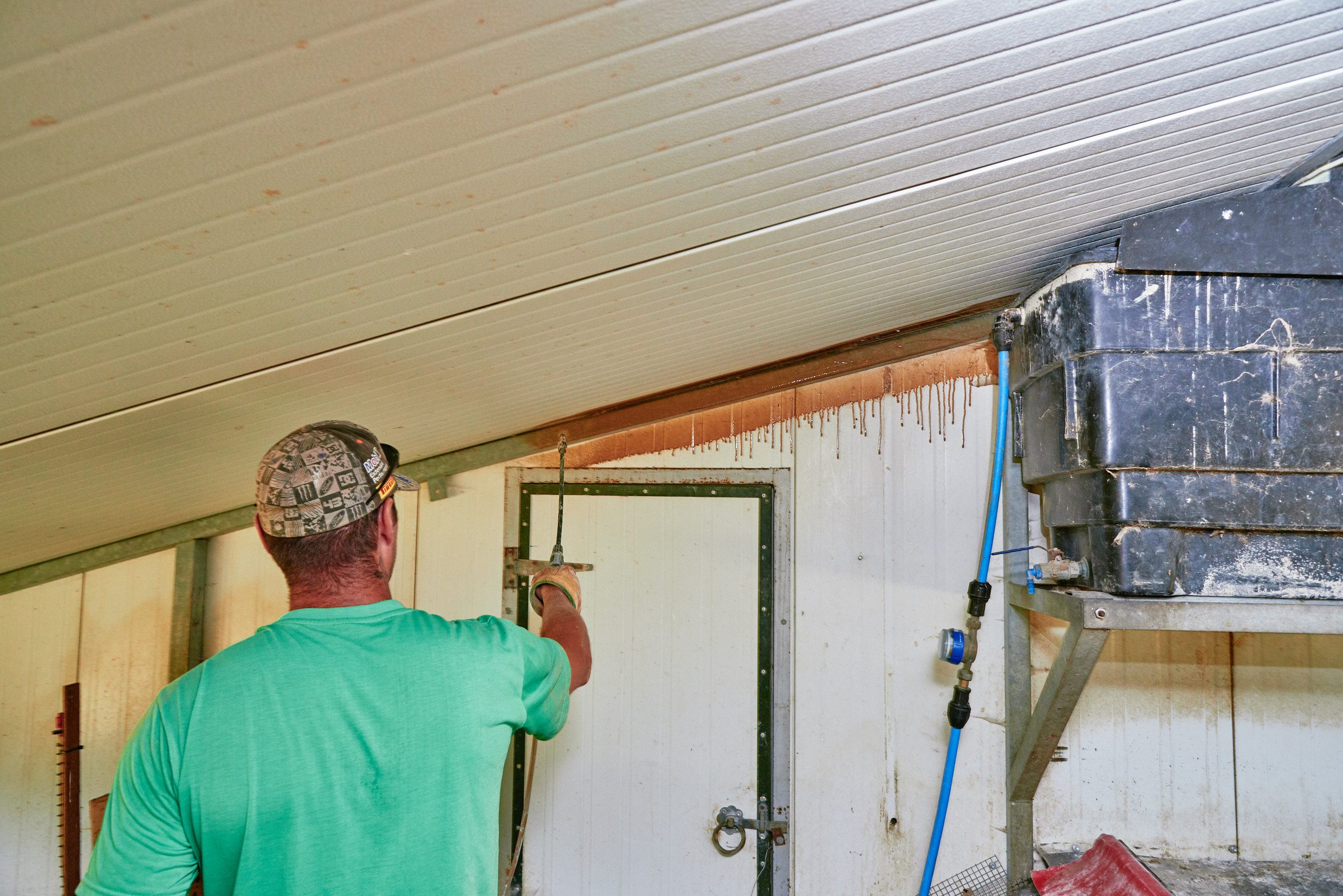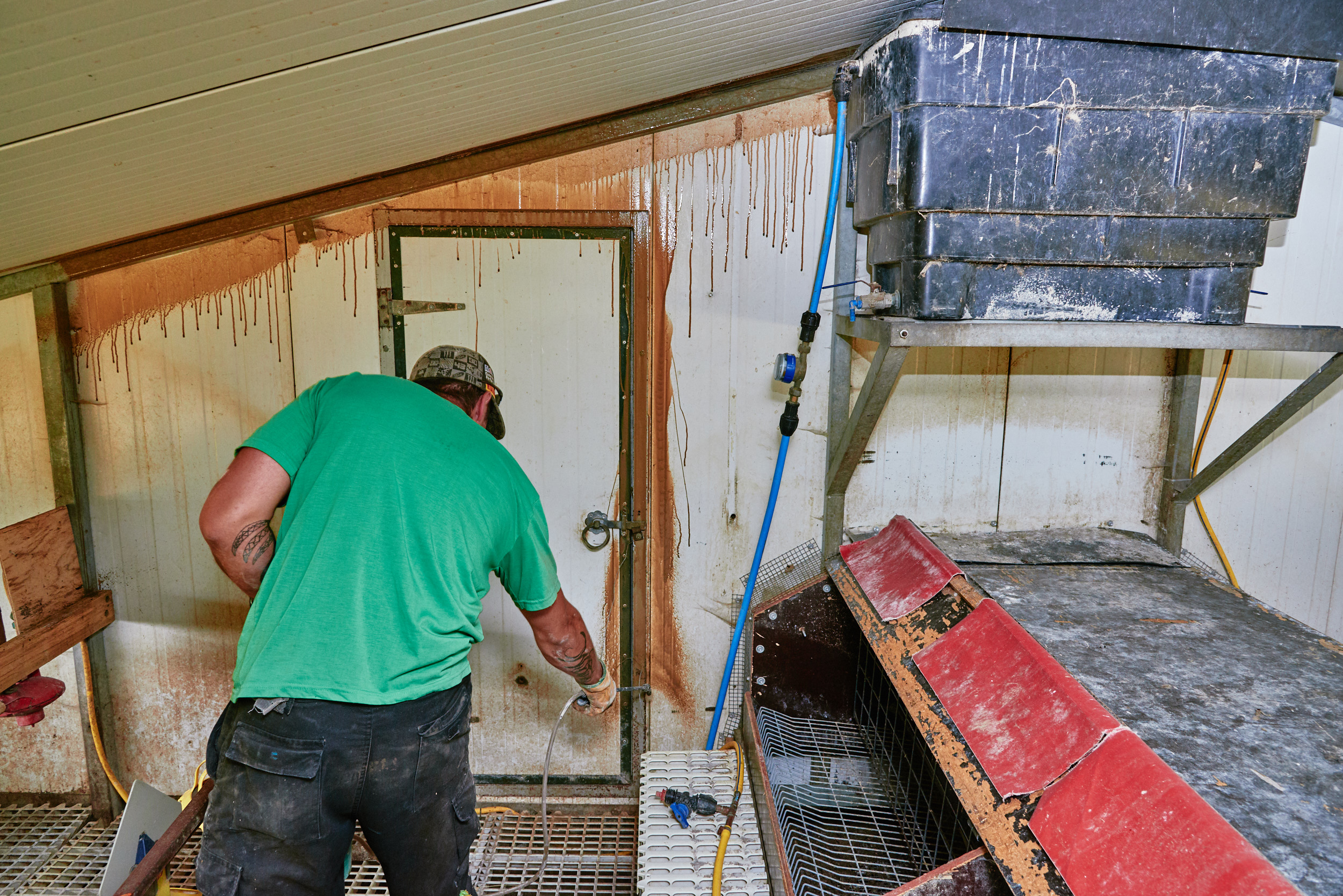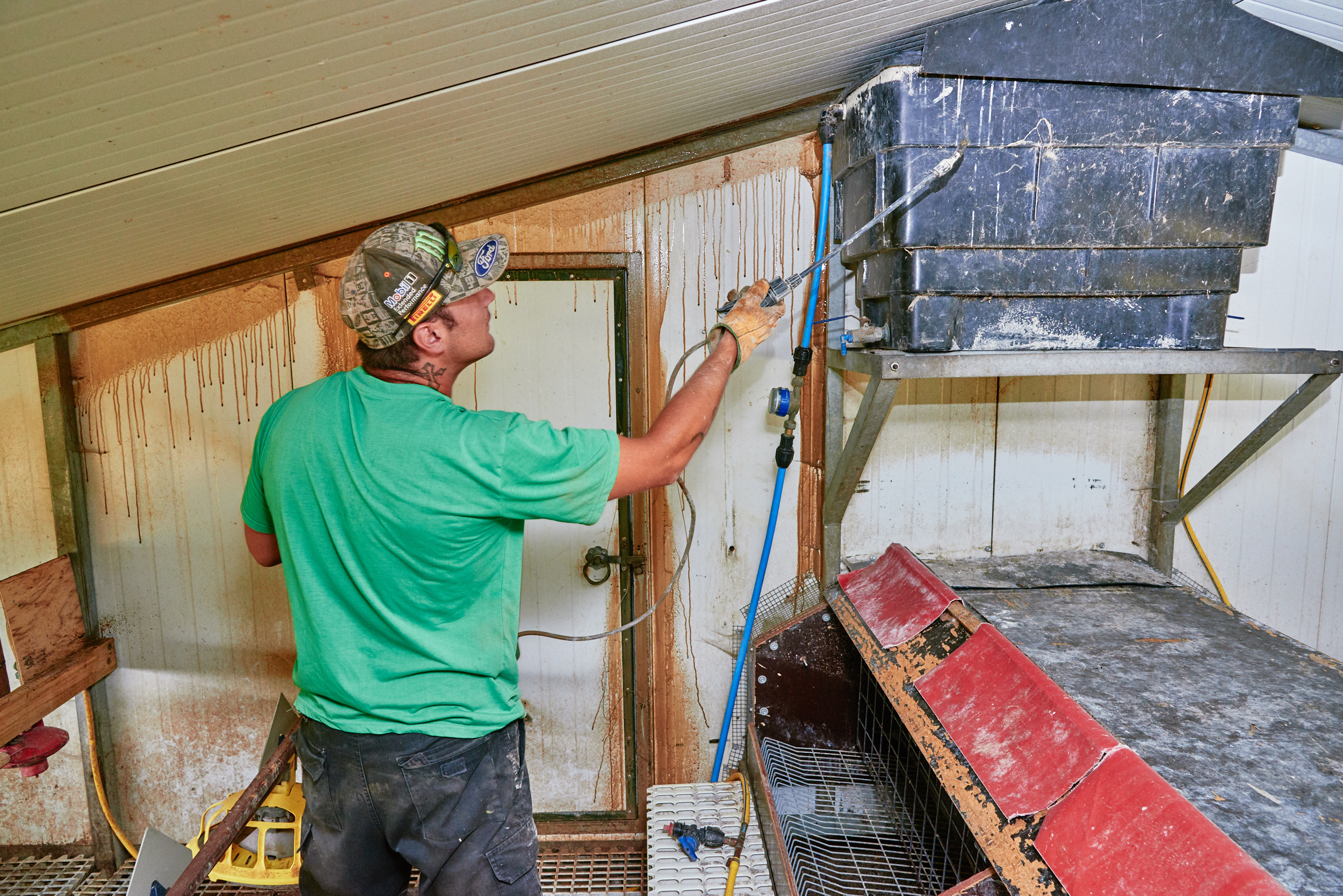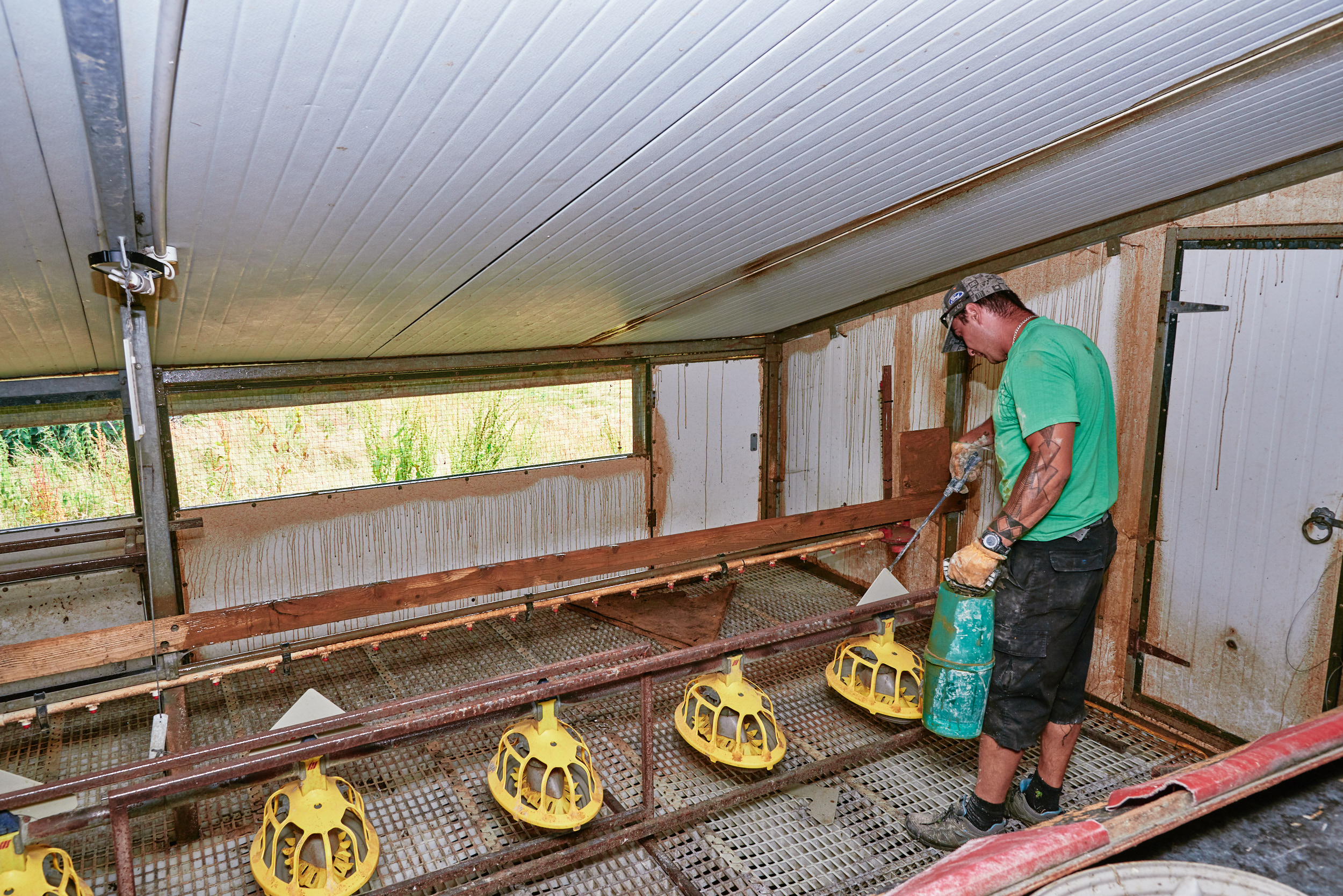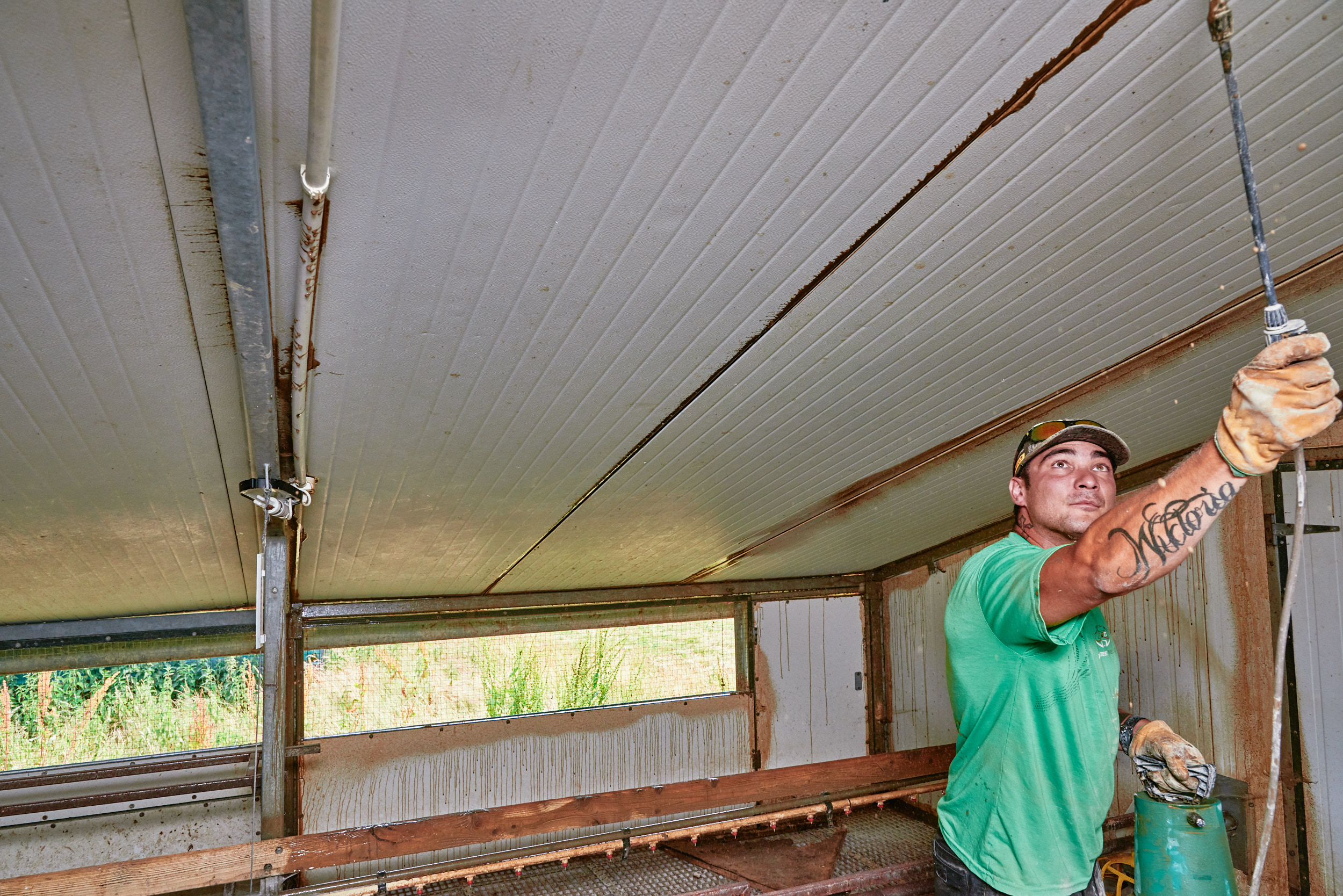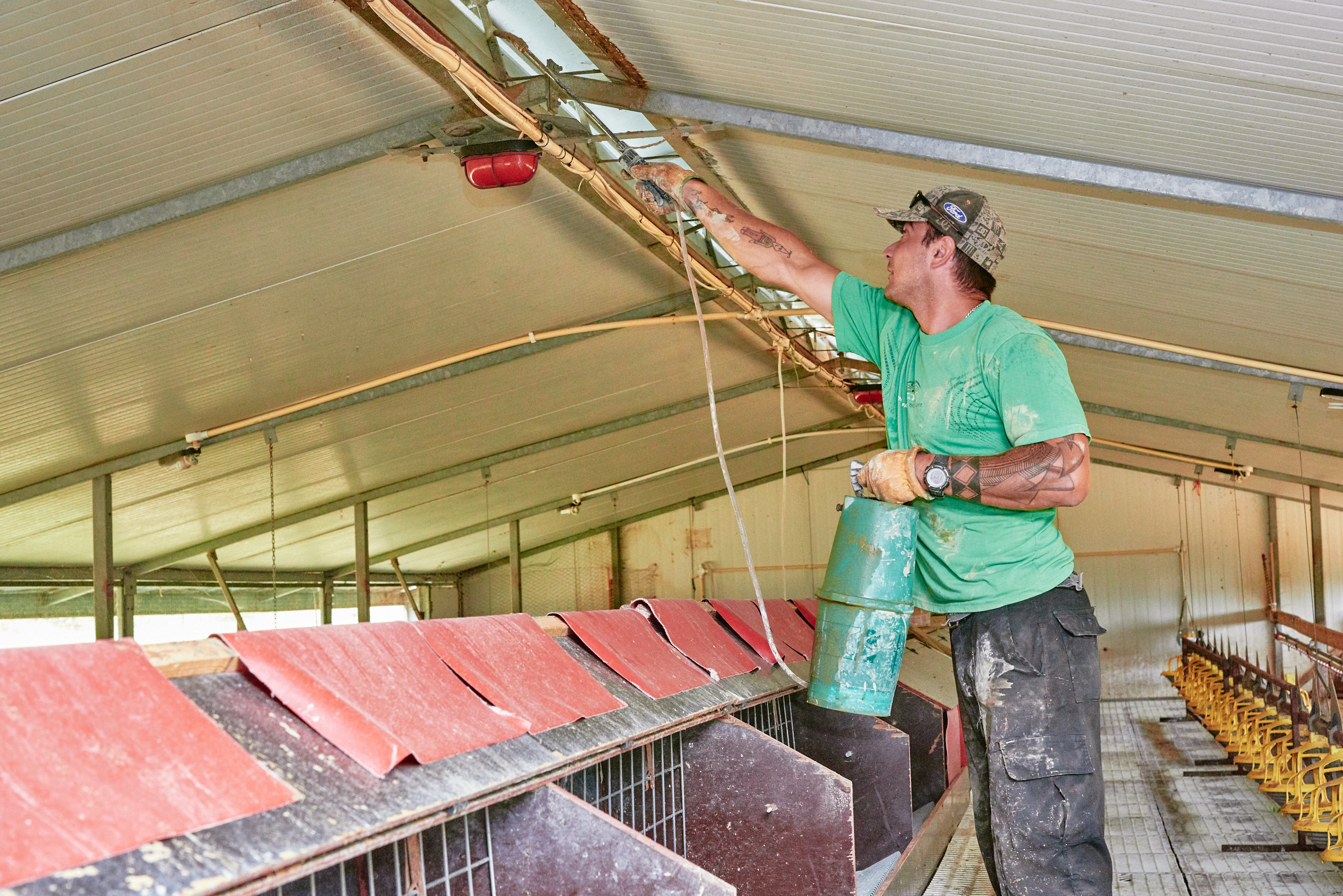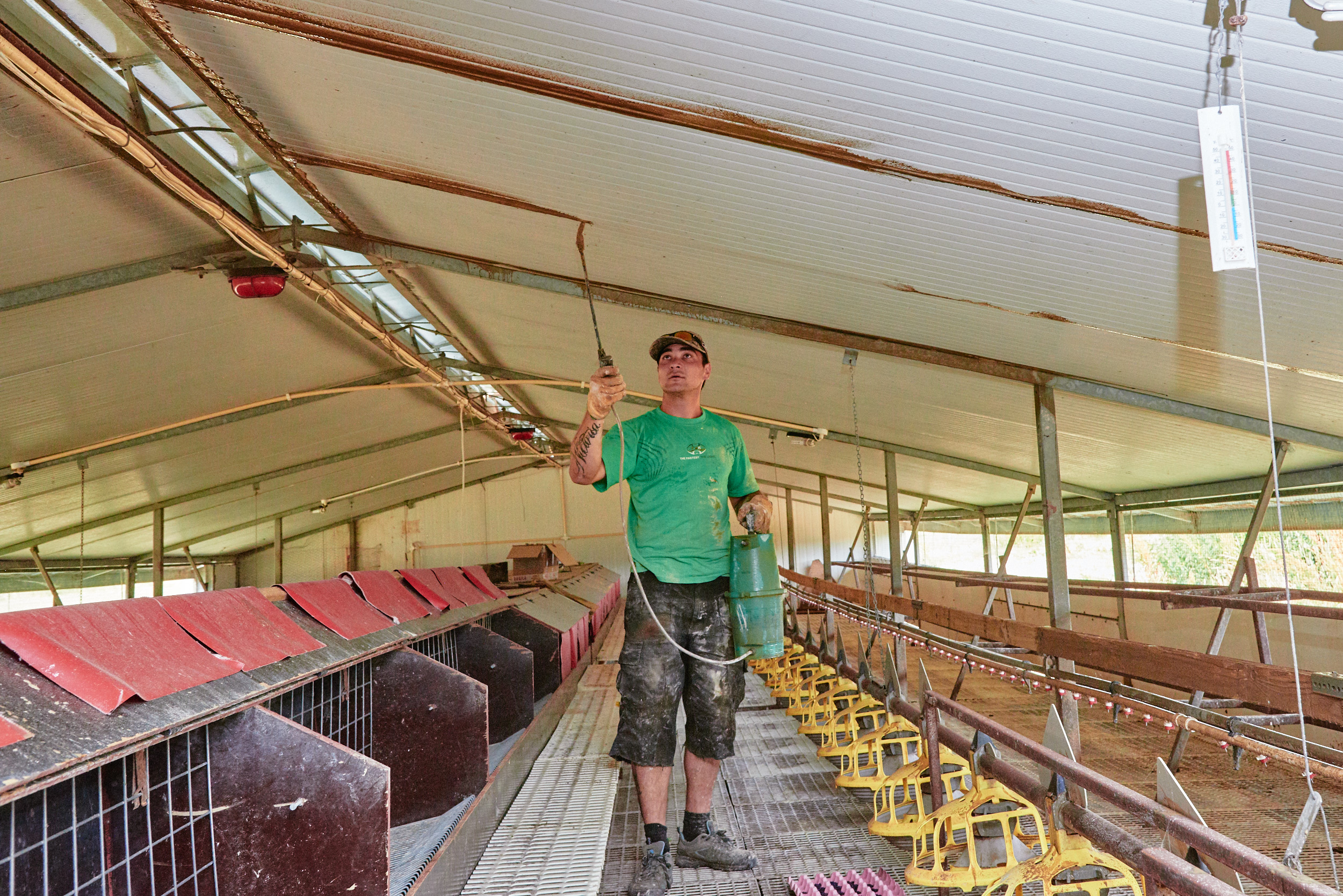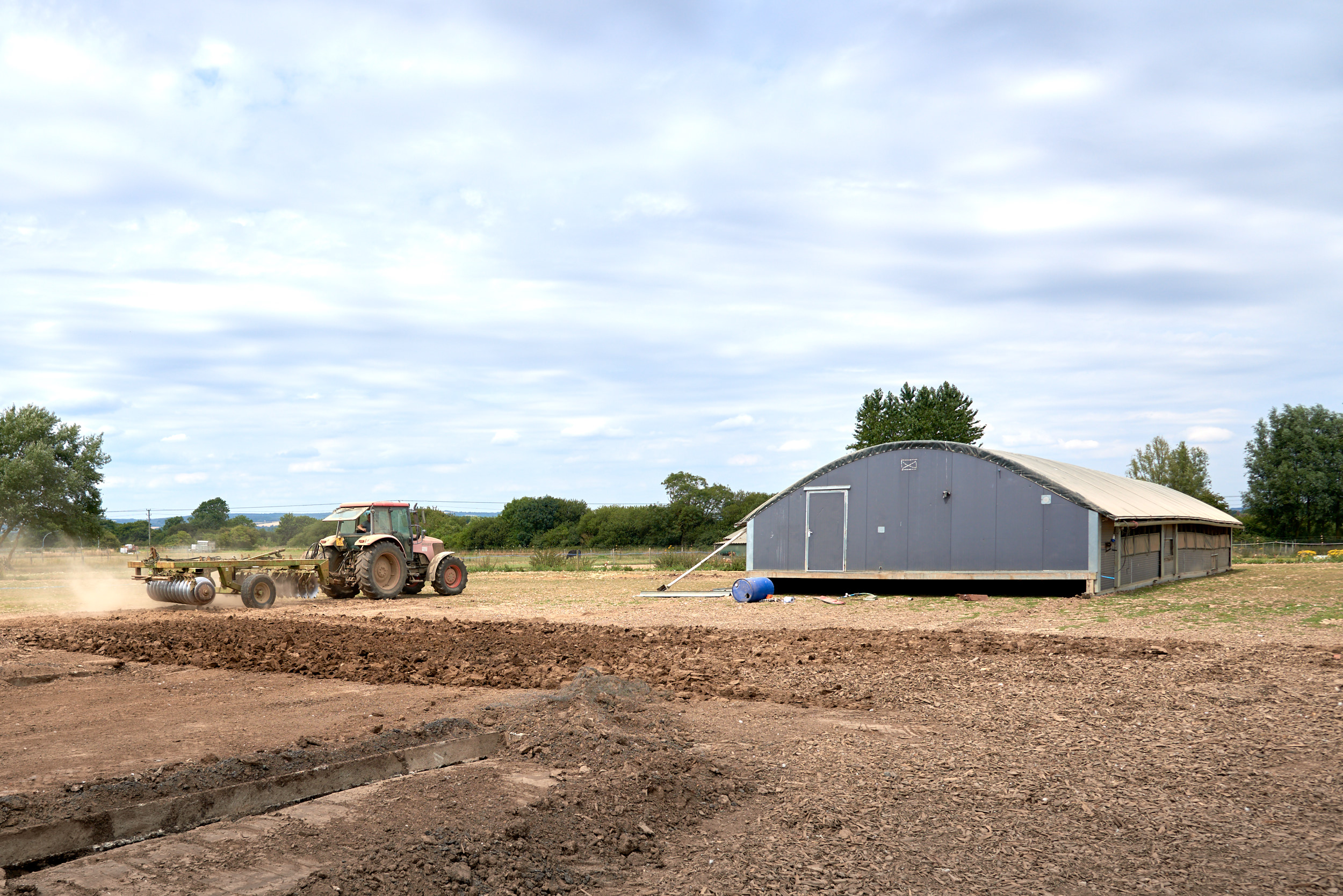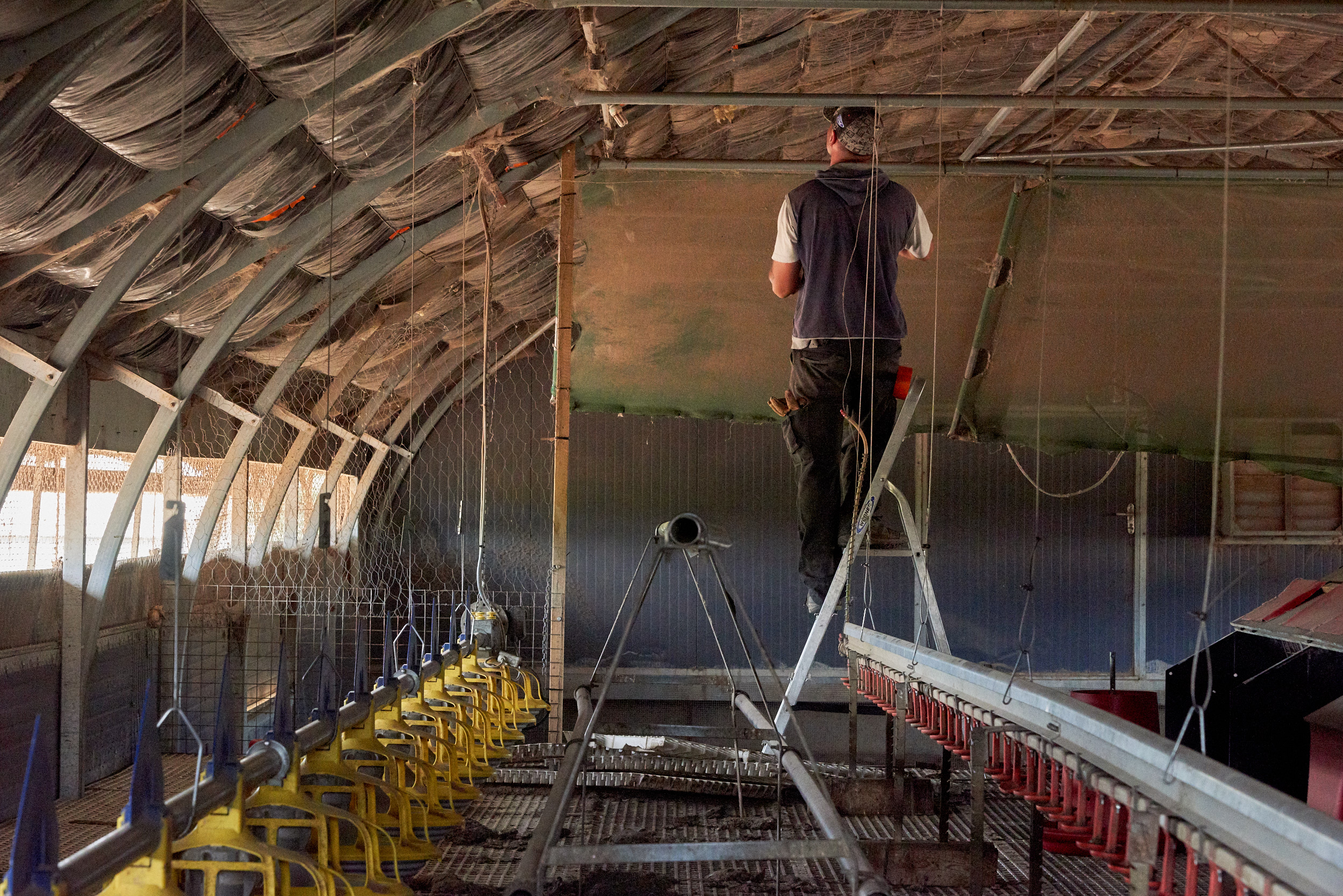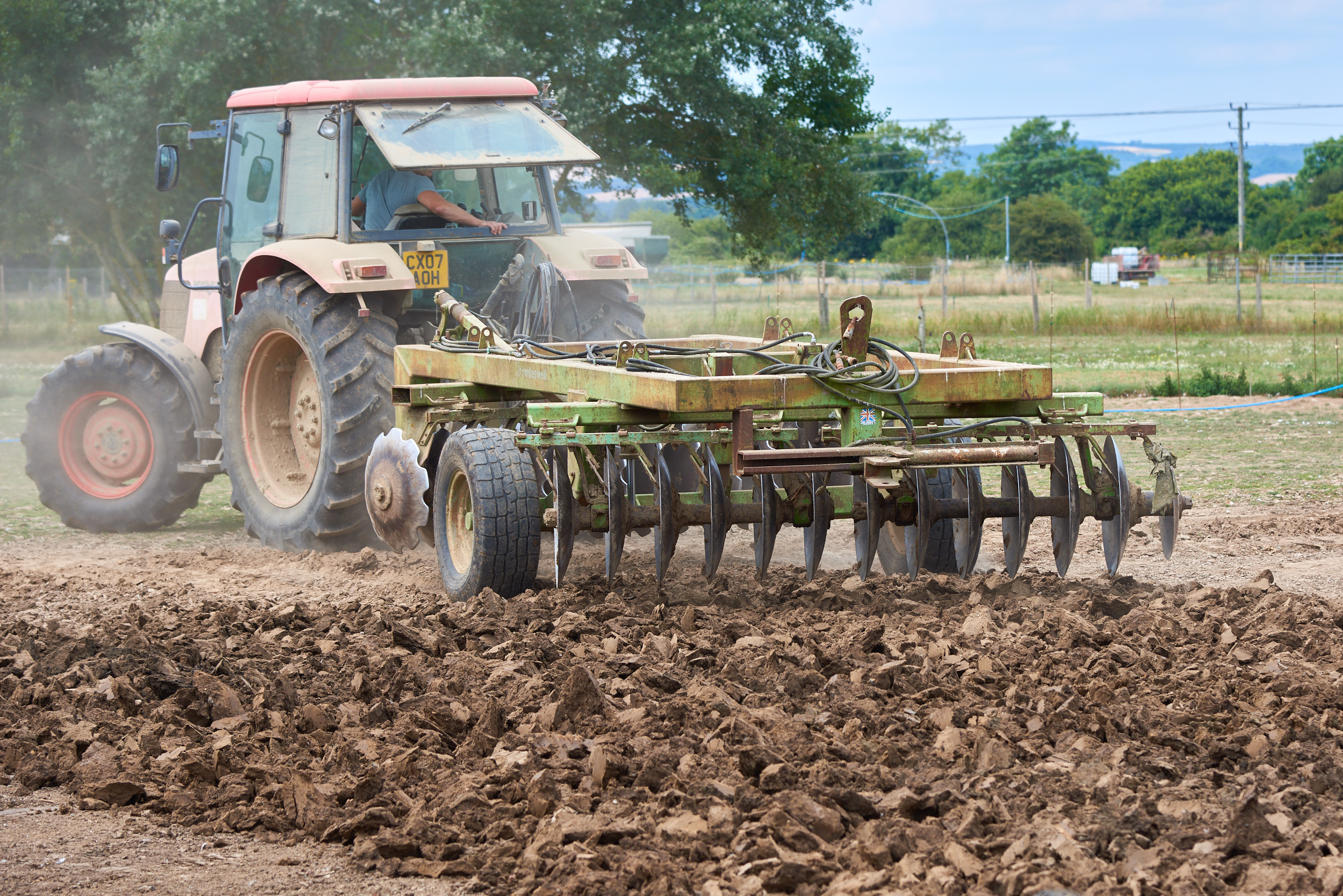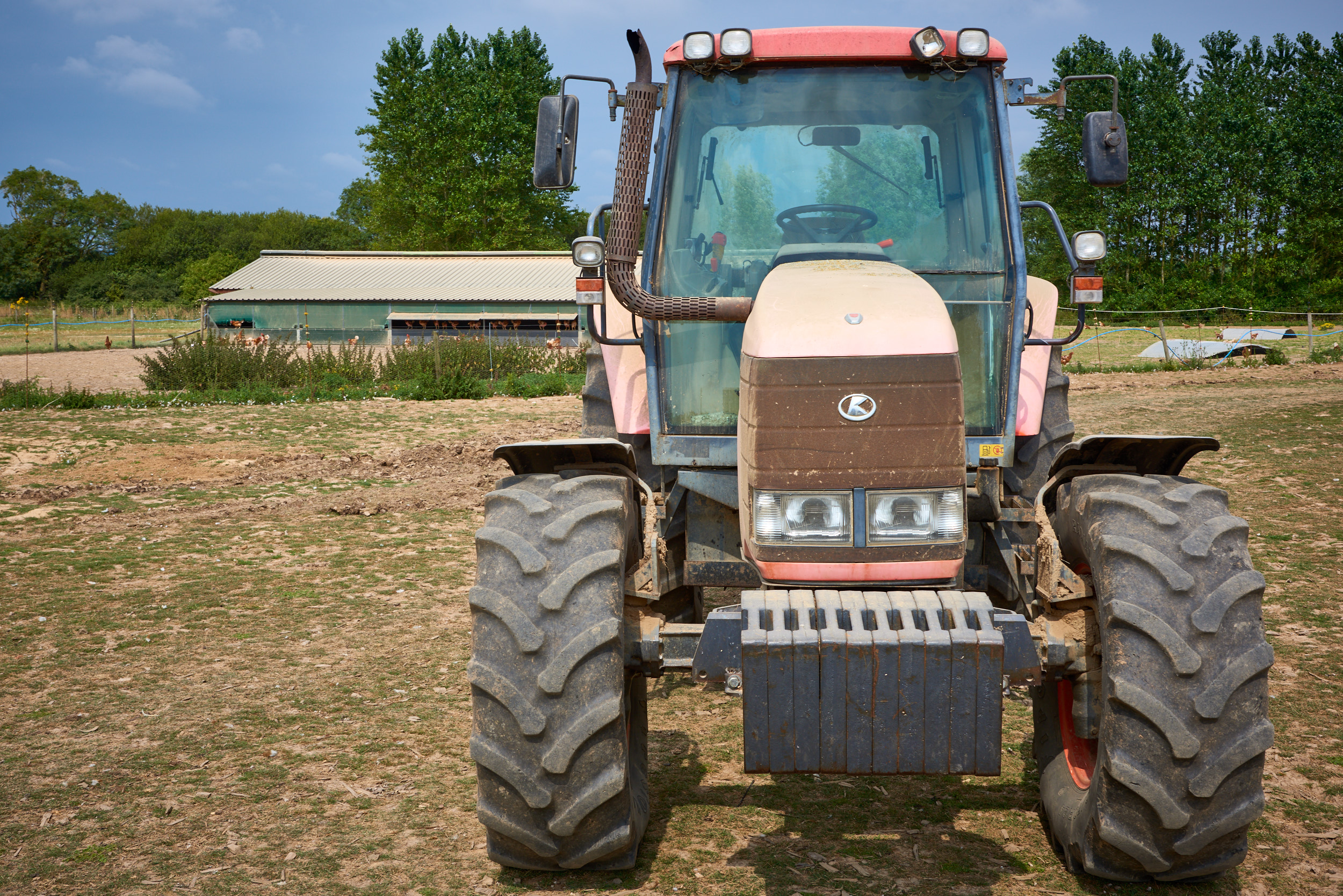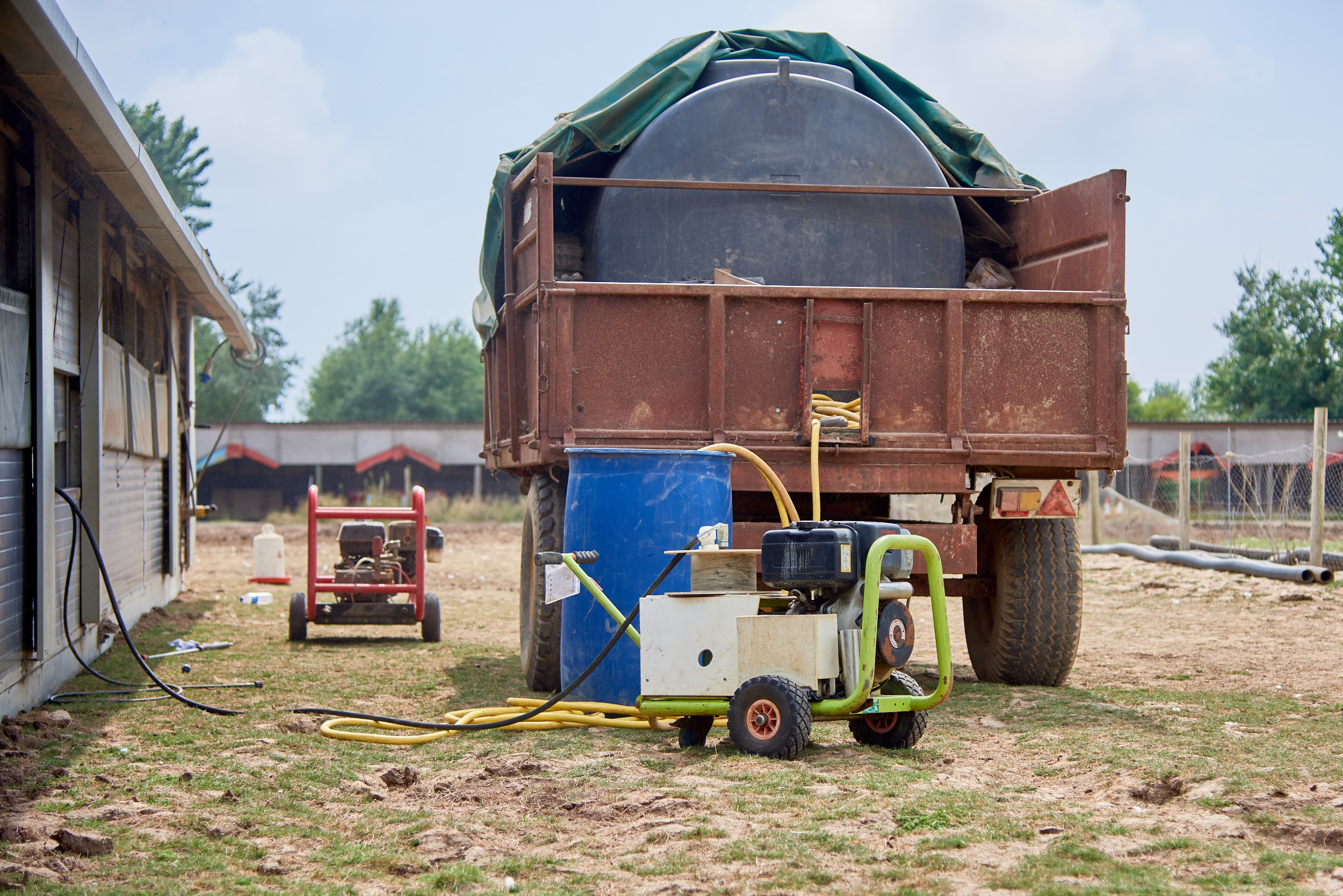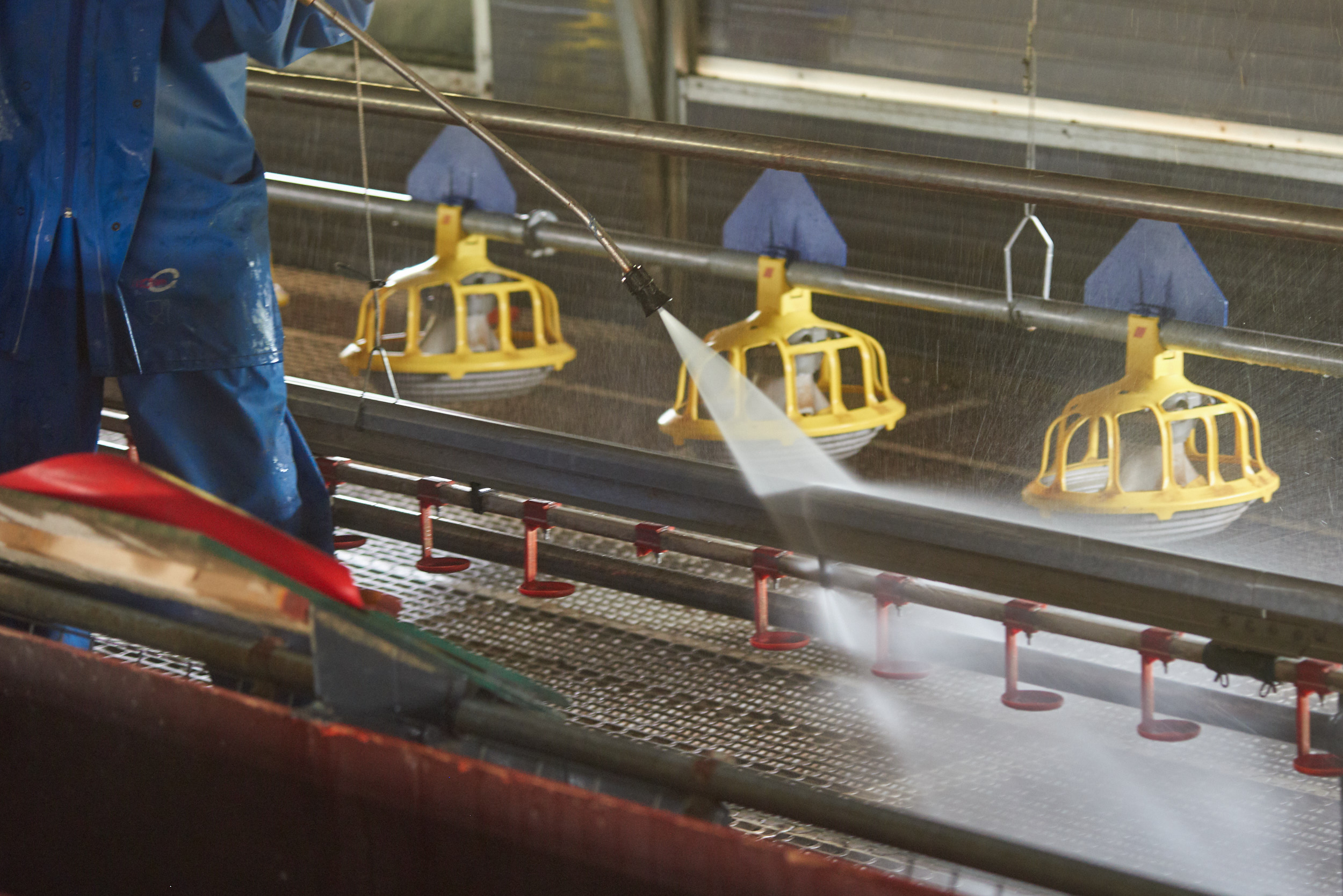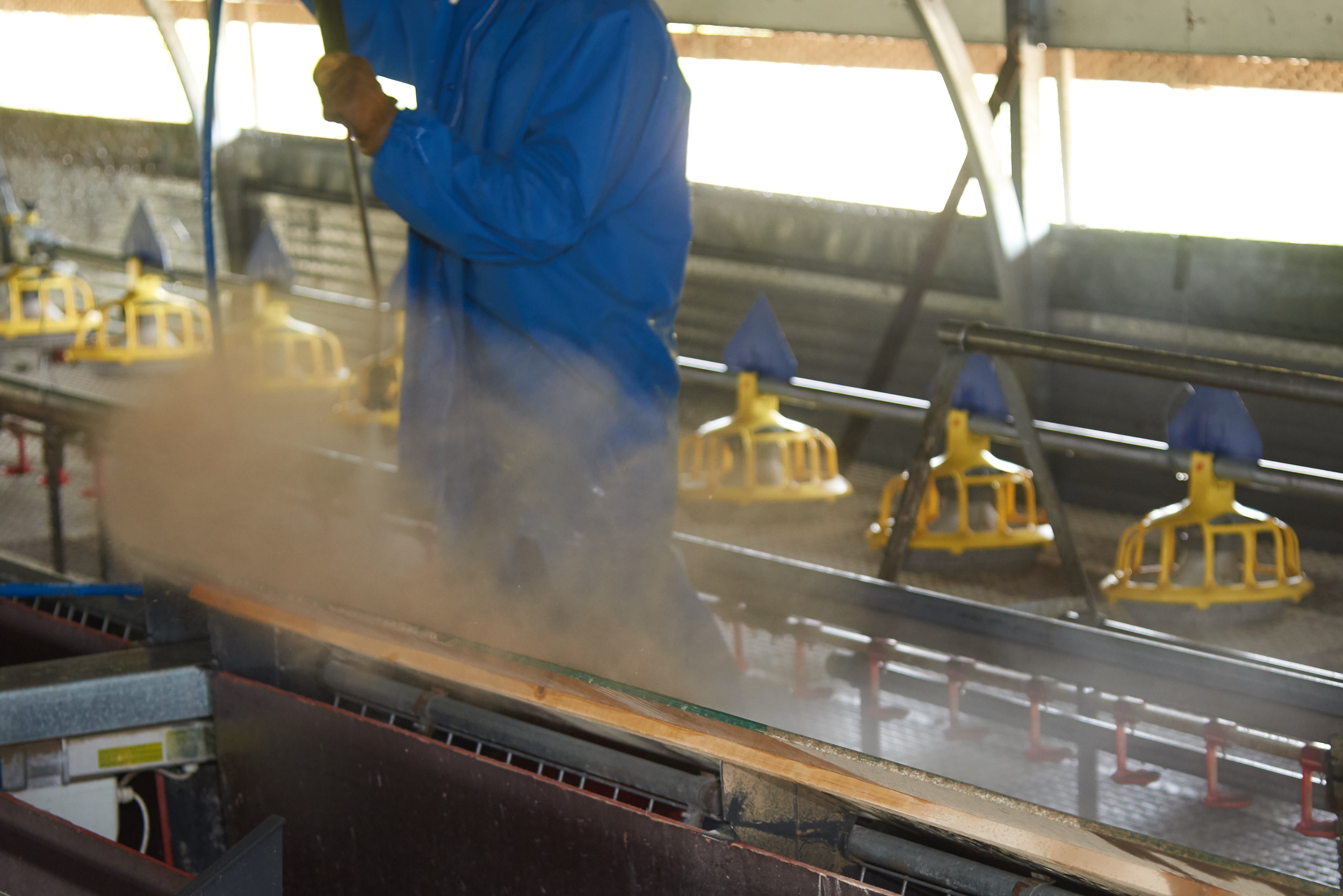So, Fresh Start for Hens have collected and re-homed the previous flock; the chicken shed’s had any necessary maintenance, been cleaned and moved to a fresh piece of pasture before being liberally sprayed with special ‘mud’ to protect from red mite… we’re almost ready to welcome a new flock of birds…
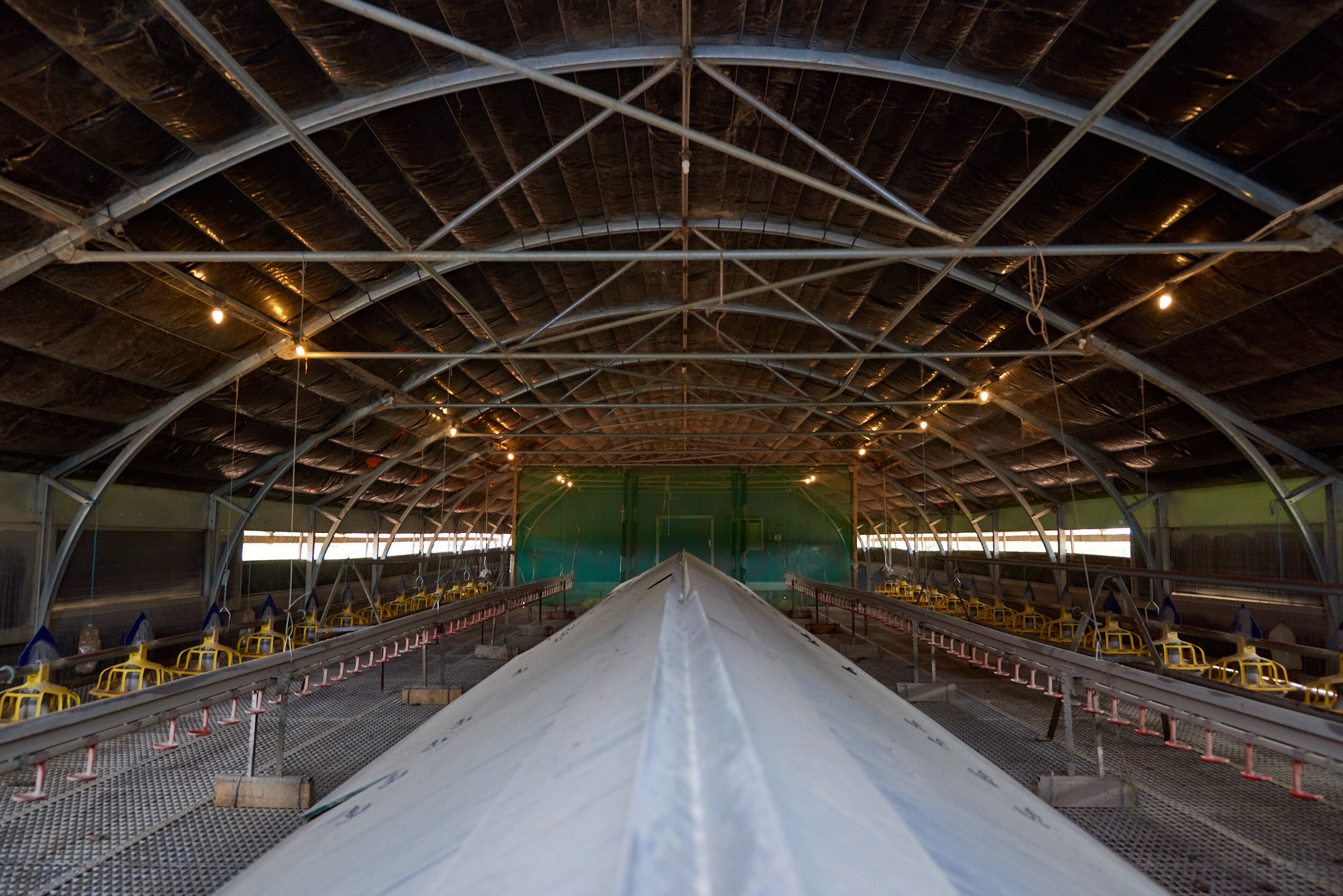
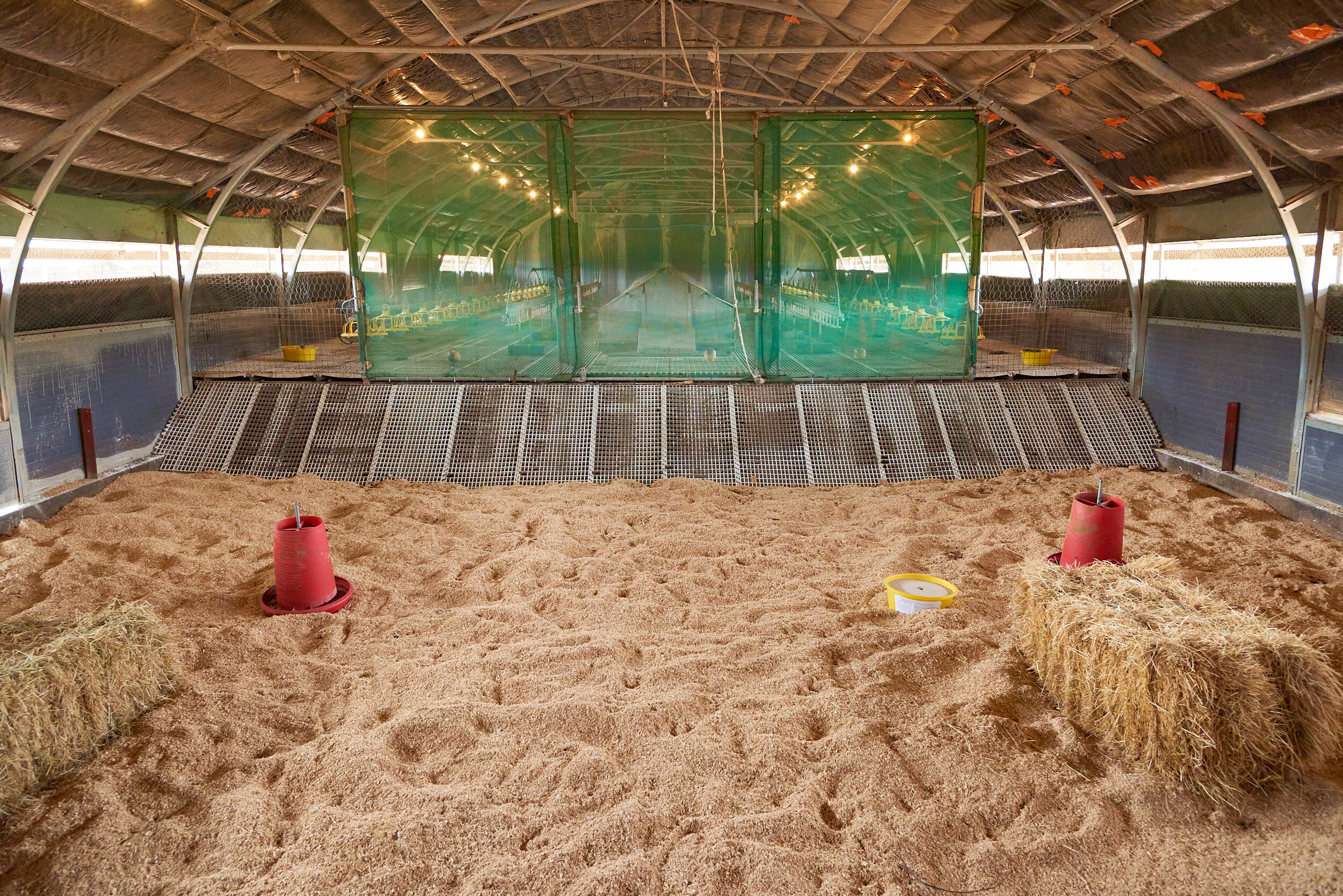
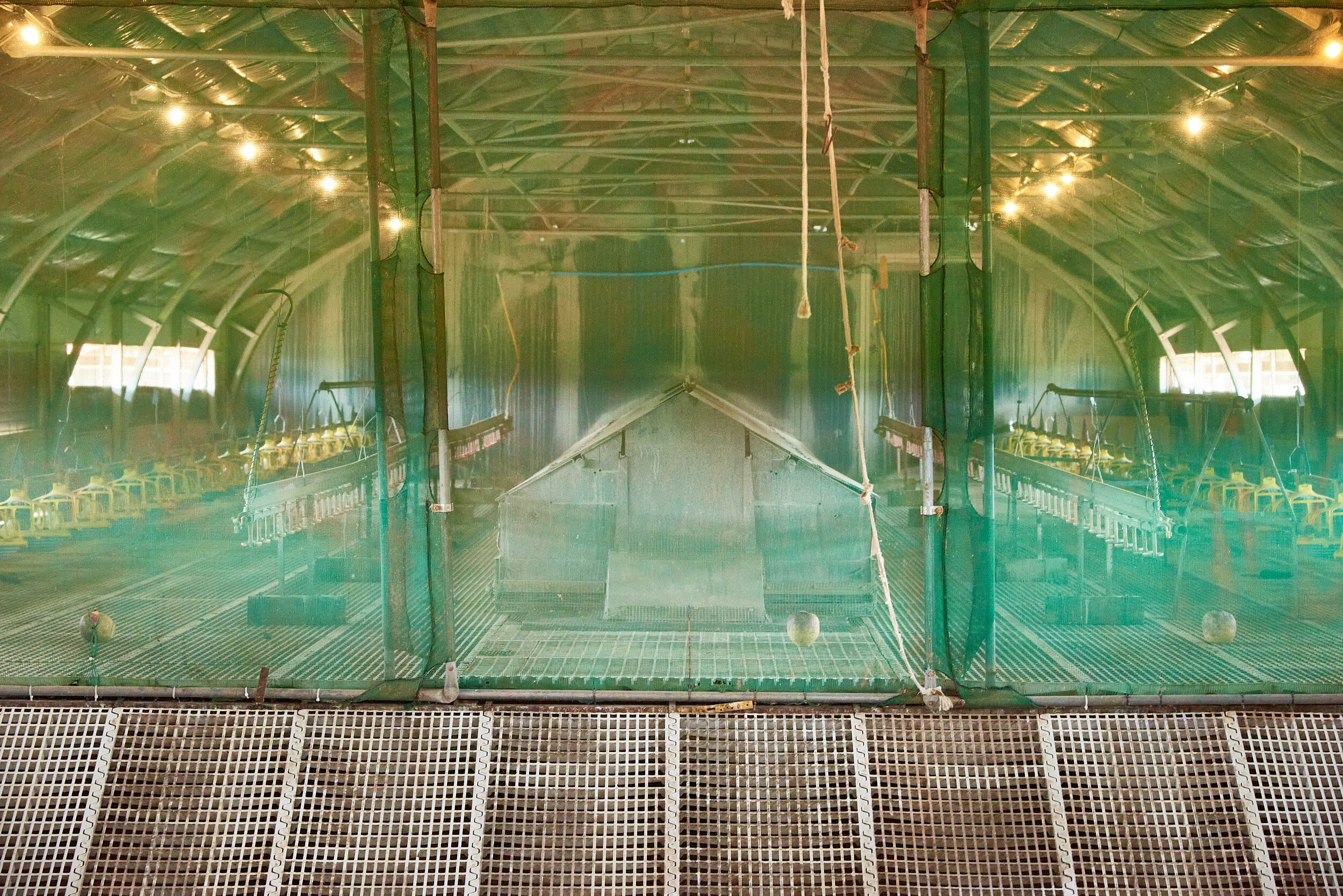
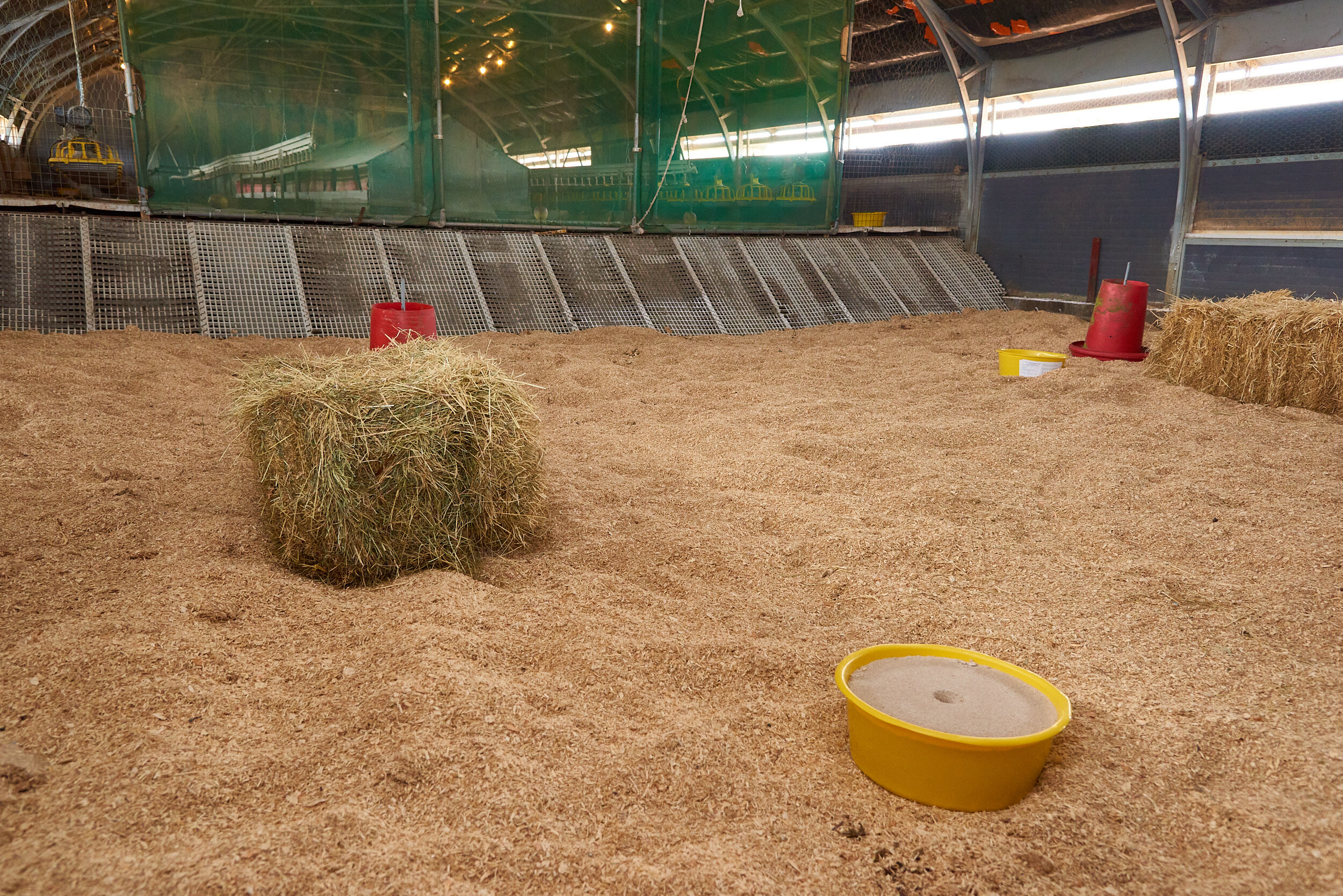
First we have to install and connect the feeders, water lines and lighting before preparing the scratch area with fresh sawdust, hay bales and pecking blocks.
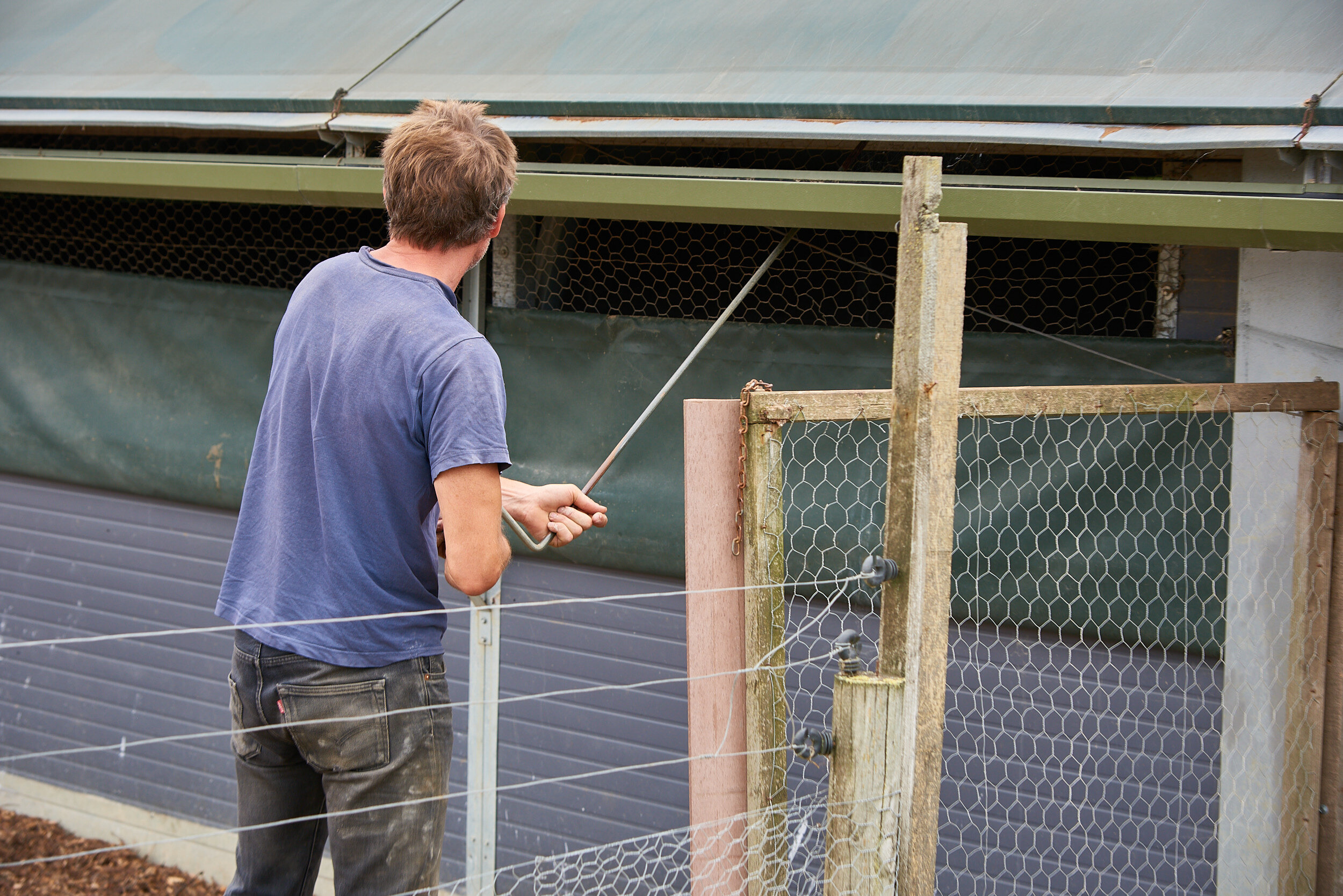

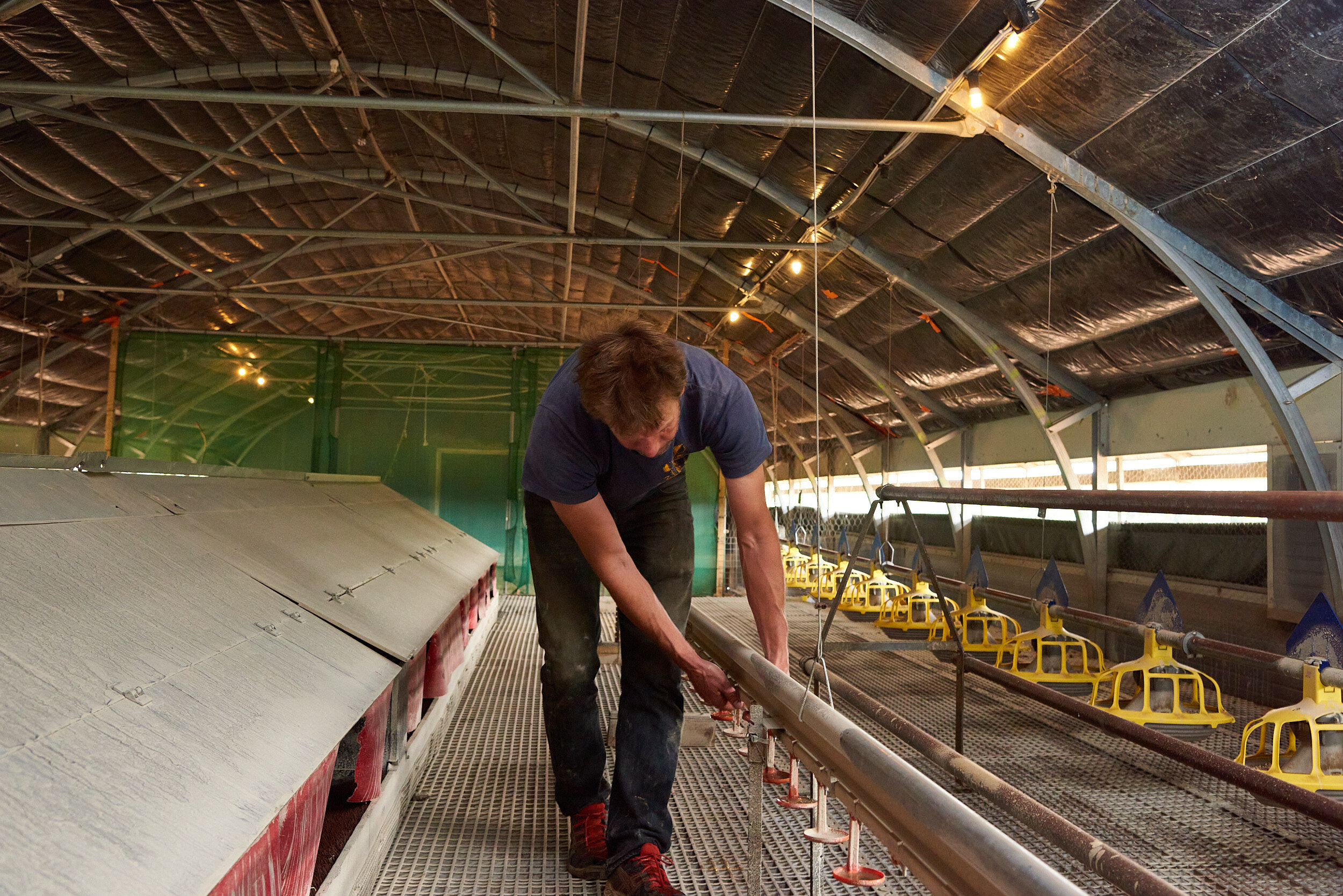
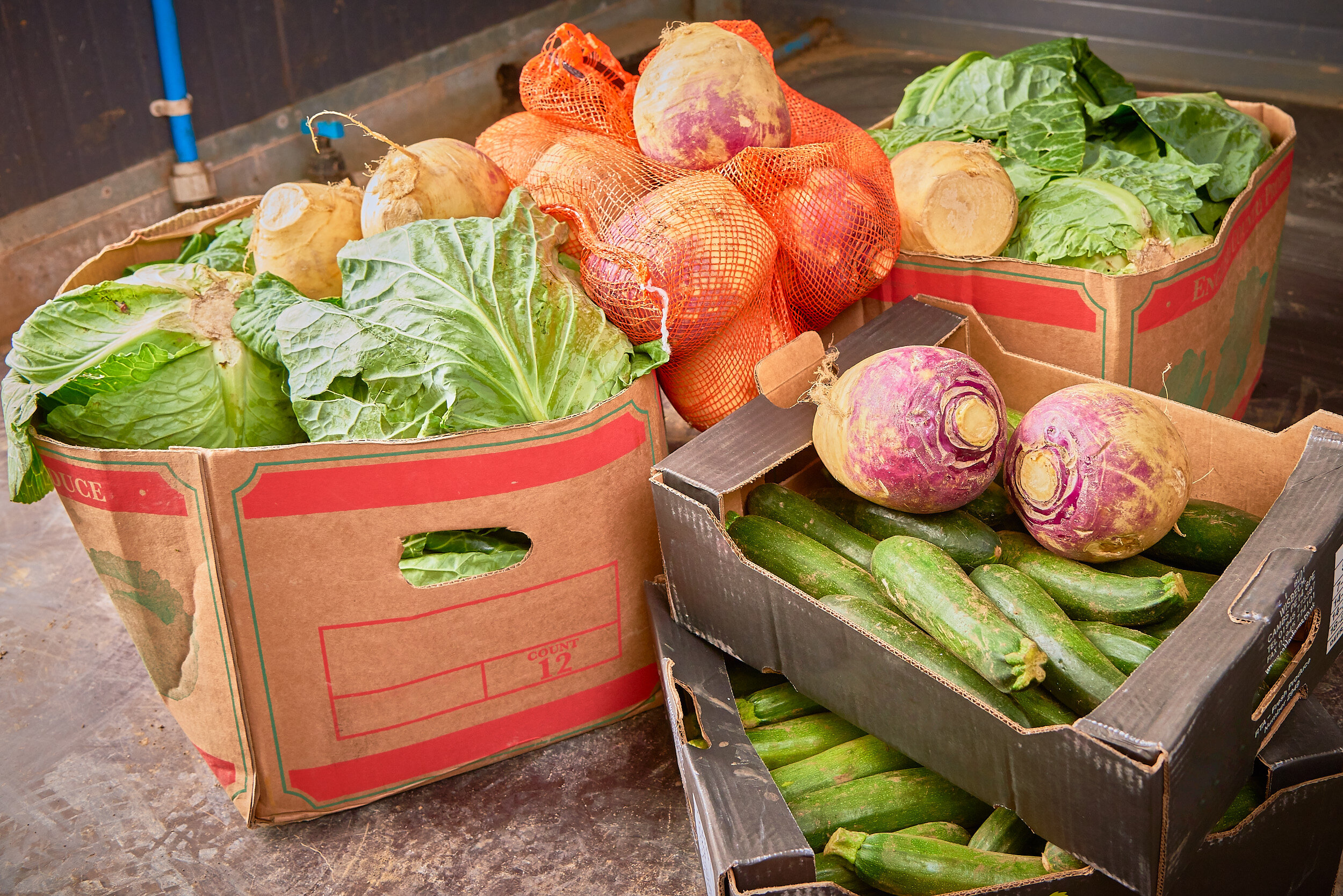
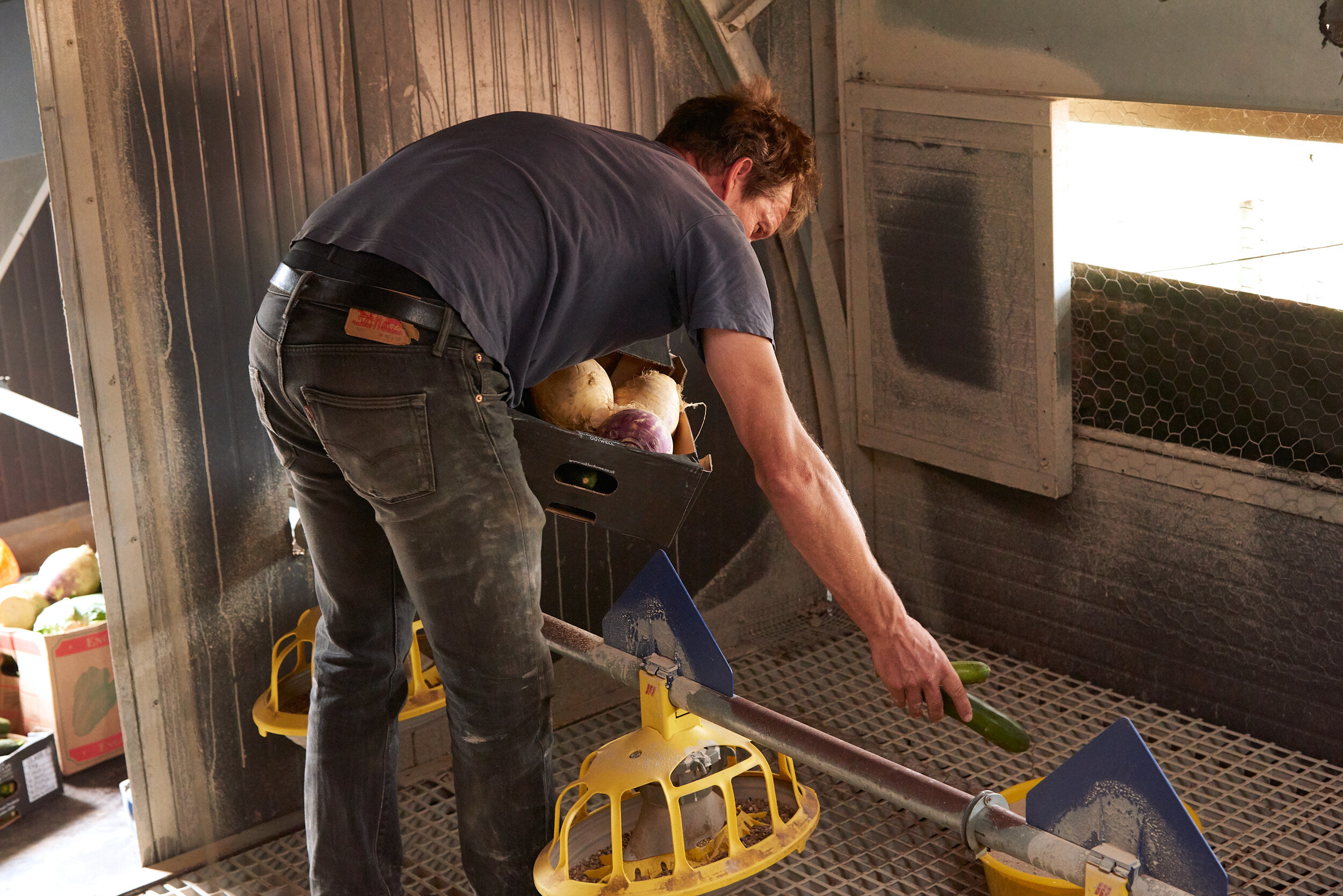
Then, just before the birds are due to arrive, we open up the pop holes, set the timers for the lights and make a final check of every water station to ensure that the valves are still working and the birds will be able to take a drink whenever they need to.
Finally, we place vegetables throughout the shed, which gives the new birds - which are still very young at this point - something to ‘play’ with and to peck at with their razor-tipped beaks. Once that’s all done we’re ready for our newest flock to arrive.
Nine months before we need them to arrive, we place an order with our specialist pullet rearers who, like Fresh Start for Hens, deliver them to us in special poultry crates that have been designed specifically to ensure the welfare of the birds during transport.
When the pullets first get to us they’re 16 weeks old and still too young to actually start producing eggs. So the first month or so, they spend getting used to their new home and enjoying the Sussex countryside. At around 20 weeks the first birds will start ‘coming into lay’ but these pullets’ eggs are still too small to be sent to customers, so we donate them to local homeless shelters and food banks.
At around 24 weeks - 2 months after they first arrived at the farm - the first small and medium eggs from this flock will start making their way to our retail customers and then, hopefully, on to your kitchens. So, for anyone that’s ever wondered why we can’t “just ramp up production” when we we’ve run out of large eggs, this may give you some idea - the whole process, from ordering the birds to getting an egg to your table takes about a year. We like to think it’s worth the wait though!
